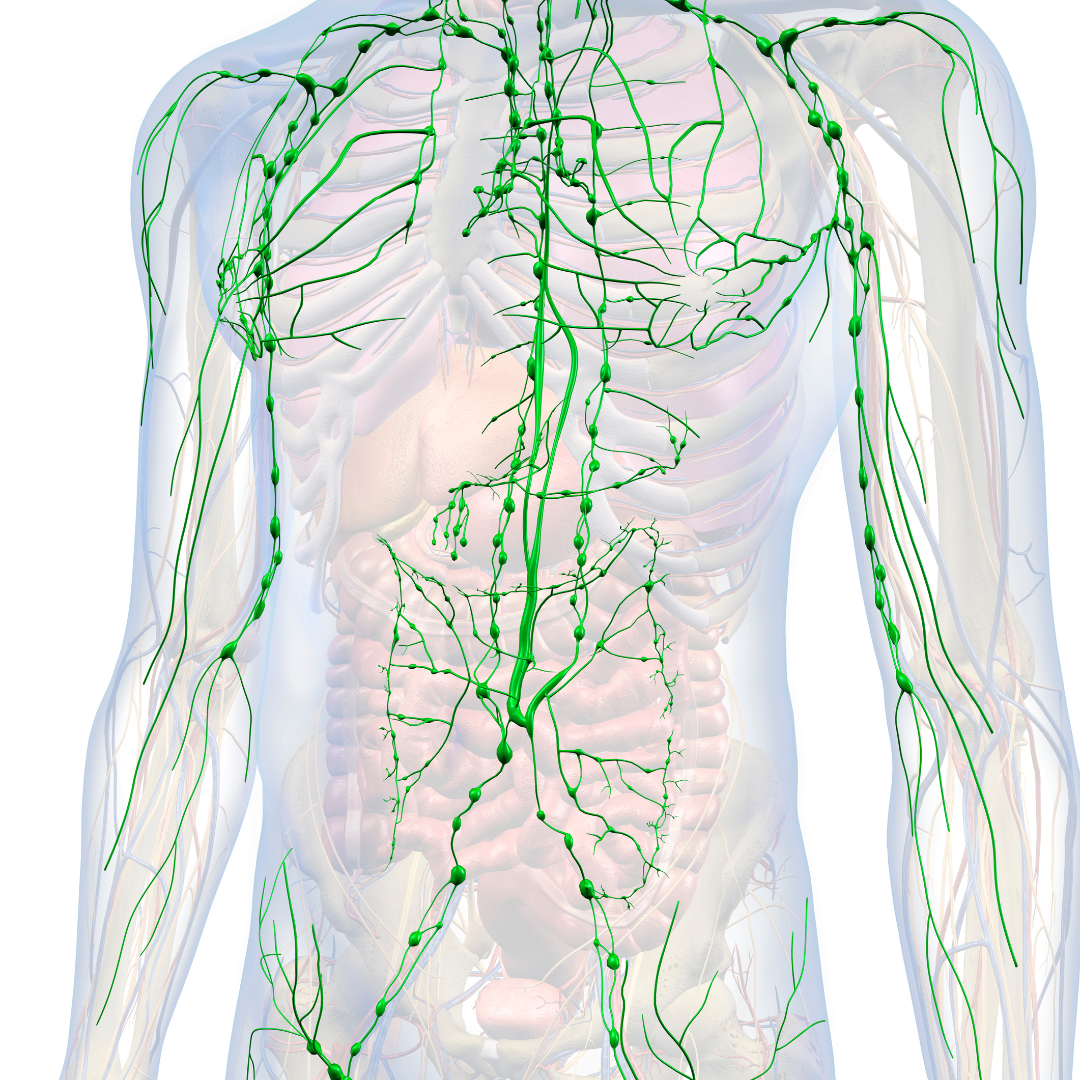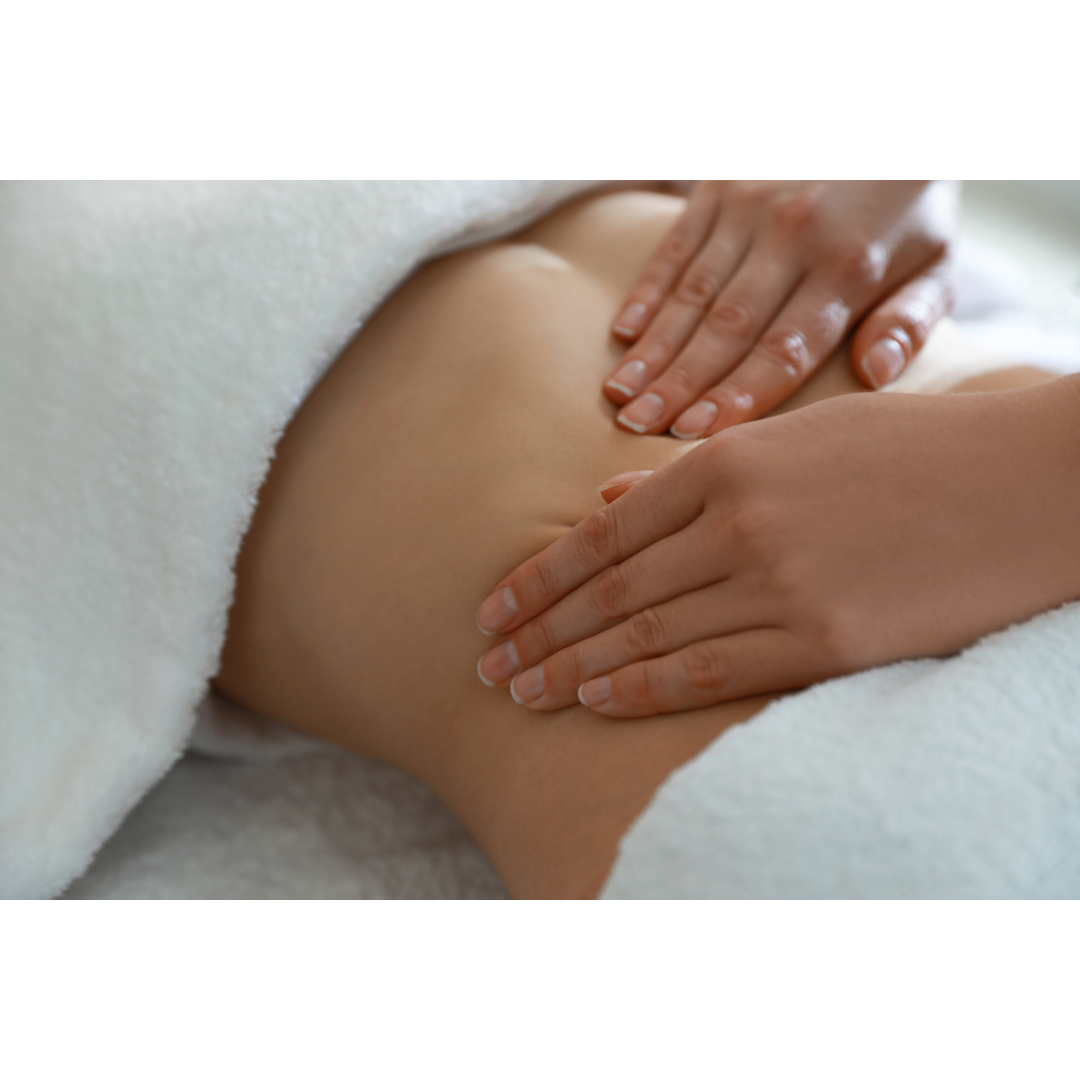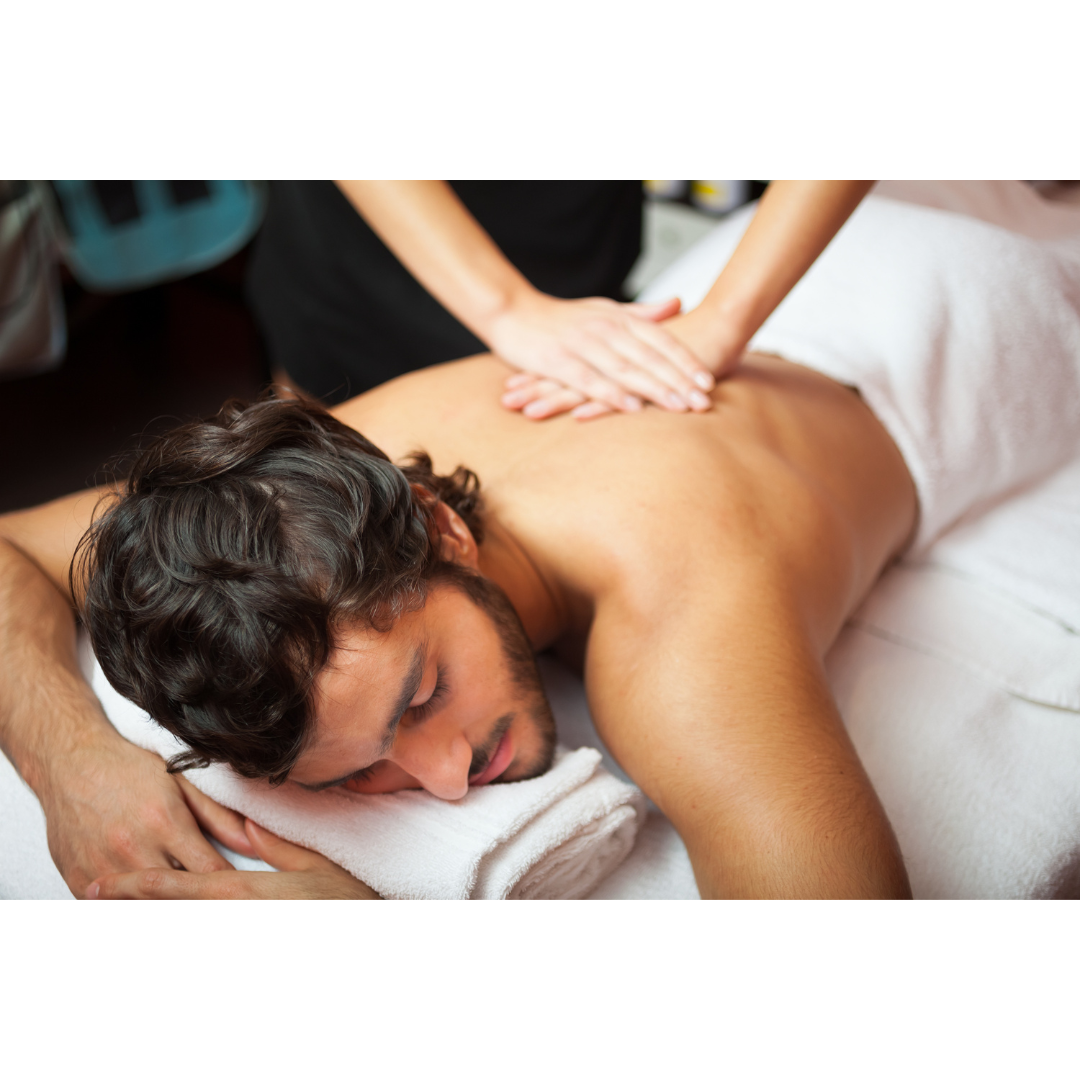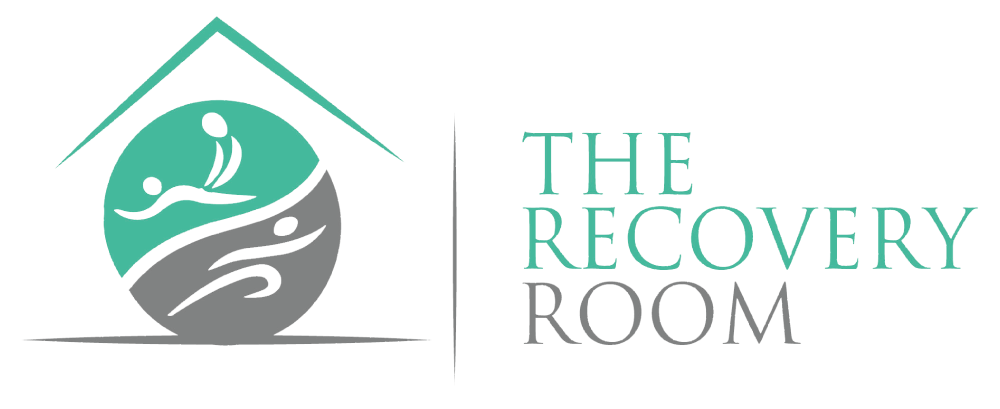
Manual Lymphatic Drainage
The lymphatic system is a complex whole body system, similar to the circulatory system that our blood uses to flow around the body. It plays an important role in balancing and transporting fluid throughout the body which is then sent back into the circulatory system to be used or excreted. It also plays a vital part in our immune system. The lymphatic system is made up of lymph vessels and lymph nodes. The average human lymphatic system has between 400 and 700 lymph nodes, half of which are located in the abdomen. The lymph vessels and many of the nodes lie just under the skin layer. Lymphatic fluid flows through lymph nodes that act as filters to clean the fluid, and they also detect and destroy pathogens such as bacteria and virus’s thereby helping our body fight off illness. This is why sometimes a lymph node will swell when the body is fighting an infection. This is a very simplified explanation of the lymphatic system, if you would like to learn more about it please click here.
Most people have a lymphatic system that functions well on its own if they are healthy and physically active. The lymphatic system does not have its own pump therefore it relies on the movement of surrounding muscles to push the lymph fluid around. This means that movement is very important for the health of our lymphatic system. A lymphatic system can become compromised when surgery, illness or something else, ie, radiation therapy, damages the nodes and/or vessels creating a blockage or decrease in function of the system. This may present as swelling in a limb or part of the body where fluid gets trapped, for example, after a mastectomy if lymph nodes are removed from the armpit (axillary lymph nodes) fluid can become trapped in the arm. Manual lymphatic drainage is a technique that assists with moving the lymph away from the compromised areas and around the system to help improve flow and function.
There are several different styles of MLD ie, Vodder, Leduc and Casley-Smith to name a few of the most well known ones. Although their techniques may differ the overall theory and objective is always the same.
My MLD technique is gentle and uses a series of very light pumping and ‘stretching’ movements. As the majority of lymph vessels are just below the skin the technique only needs to affect the skin layer, unlike massage which is targeting the muscle and fascia in the deeper layers. I perform a structured routine of moves that use a pumping action on the lymph nodes and then the skin stretching technique on the surrounding areas to help push fluid from the vessels to the nodes, thereby creating a flushing affect. Depending on which part of the body is affected I may only treat certain parts of the body. I may repeat the sequence several times to maximise the affect. Many people find this technique very relaxing and often fall asleep, or into a deep relaxation which adds to the benefits of the treatment as it encourages the client to turn on their parasympathetic nervous system (rest and digest mode) – and we all need more of that. I may use some deeper techniques on the abdomen that use a combination of breathing and movements that press into the stomach to target the many nodes and vessels within the abdomen. This is hugely beneficial for lymphatic and digestive flow and is not painful. I may also use compression bandaging during the session to assist in the drainage affect or may recommend applying some kiniesiology tape to wear home to further encourage drainage after the session.
Book an appointment with The Recovery Room online now…



When is Manual Lymphatic Drainage beneficial?
- For post surgical swelling
- Lymphoedema, which is the accumulation of fluid causing swelling – often seen in the feet, or arm after a mastectomy but can be anywhere in the body.
- After a bout of illness to assist in the restoration of the immune system
- During times of stress
- After an acute injury ie, a sprain or strain which has caused swelling and/or pain
- Recovery from sport
- Those undergoing a detox program
MLD can also assist with the symptoms of many illnesses and health issues such as headaches/migraines, constipation, fibromyaligia, chronic fatigue, acne, sinusitis and many others.
When is Manual Lymphatic Drainage Not Recommended?
- When there is an active infection caused by a virus or bacteria as it can interfere with the bodies fight against the pathogen and may spread it further around the body.
- If there are malignant cancer tumours
- Thrombosis, as it could cause a blood clot
- Serious heart conditions as MLD increases the level of fluid in the circulatory system causing the heart to work harder.
- During the active phase of a migraine
In general MLD is a very safe technique but if you have any health issues, are undergoing medical treatment, or are on strong medication it is recommended that you discuss MLD with your GP or health professional prior to your session. Some health issues may mean that some parts of the body or deeper techniques are avoided ie, deep abdominal work is never done during pregnancy, menstruation or if you suffer from Crohn’s disease. Your therapist will do a thorough intake assessment on your first session to ensure all health issues are discussed and a treatment plan can be made.
Manual Lymphatic Drainage Appointments
MLD can be used as a one off treatment but if you are dealing with a particular issue then it is recommended that you undertaken several sessions within quick succession to maximise the affect. At your first appointment we do a thorough assessment of your health and treatment goals and make a treatment plan. For this reason the initial session is a 90 minute appointment. Follow up sessions are 75 minutes. I have created a MLD package under ‘memberships’ on my booking system which offers a small discount when 3 sessions are paid for up front.
My Manual Lymphatic Drainage Training
In June and July 2023 I undertook 6 days of training for MLD in Christchurch with Hans Lutters from the Hands on Clinic. Hans has been teaching MLD for many years based on a system he has developed from his training in the Vodder and Casley-Smith methods. He is a well reknown Lymphatic Drainage and massage therapist who has been part of multiple New Zealand Olympic and Common Wealth Games Health Teams. His courses are accredited by Massage Association of New Zealand.
